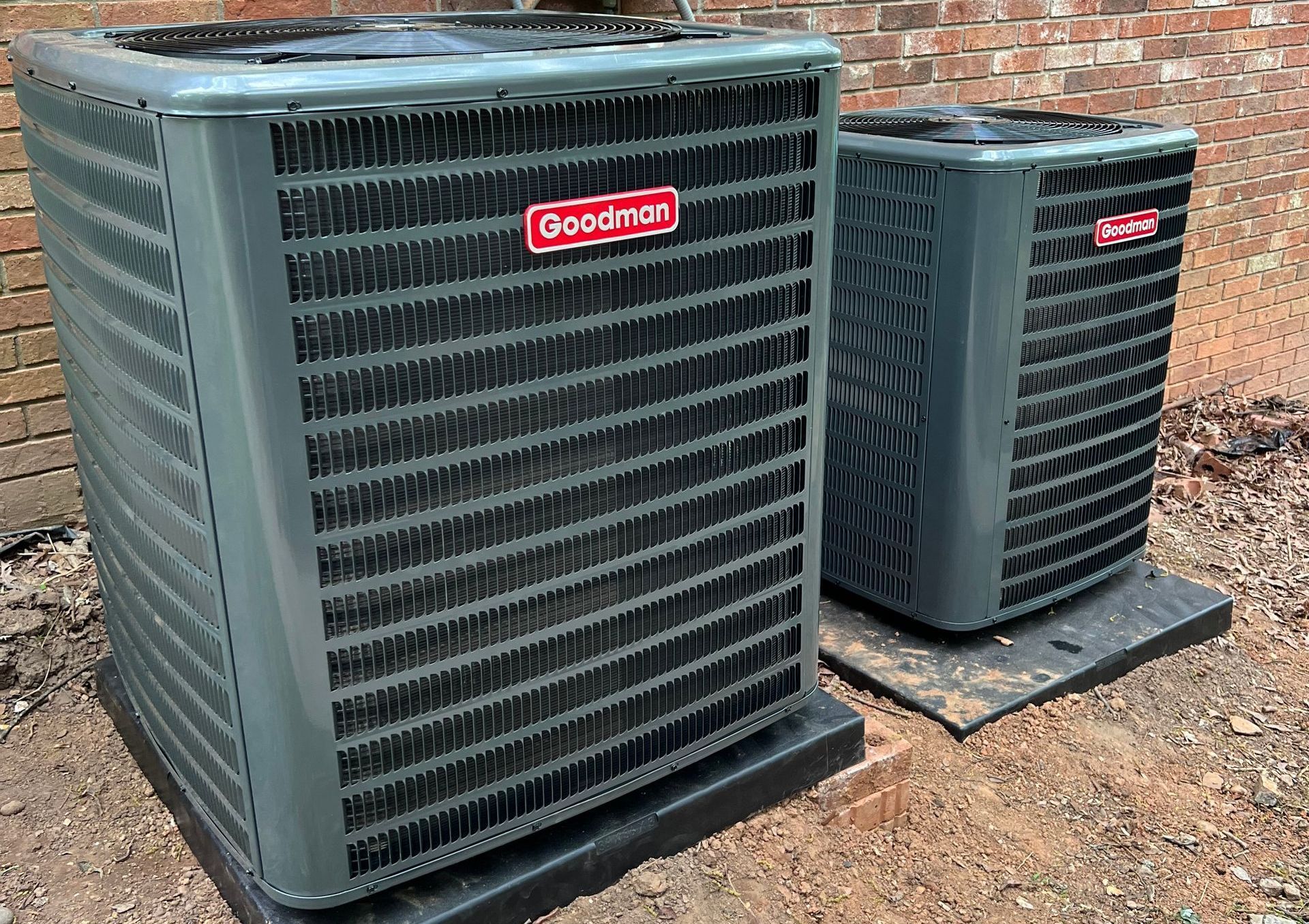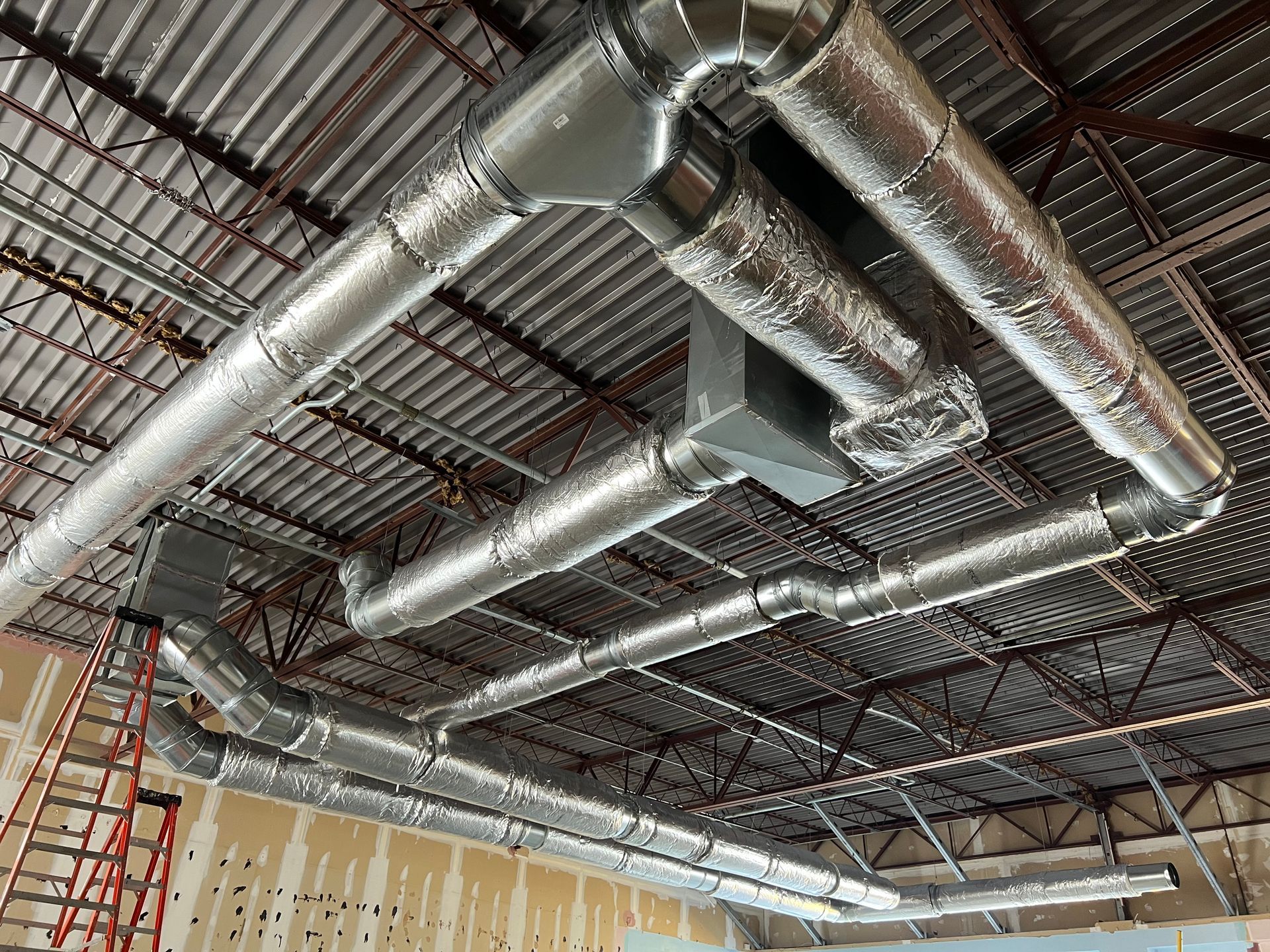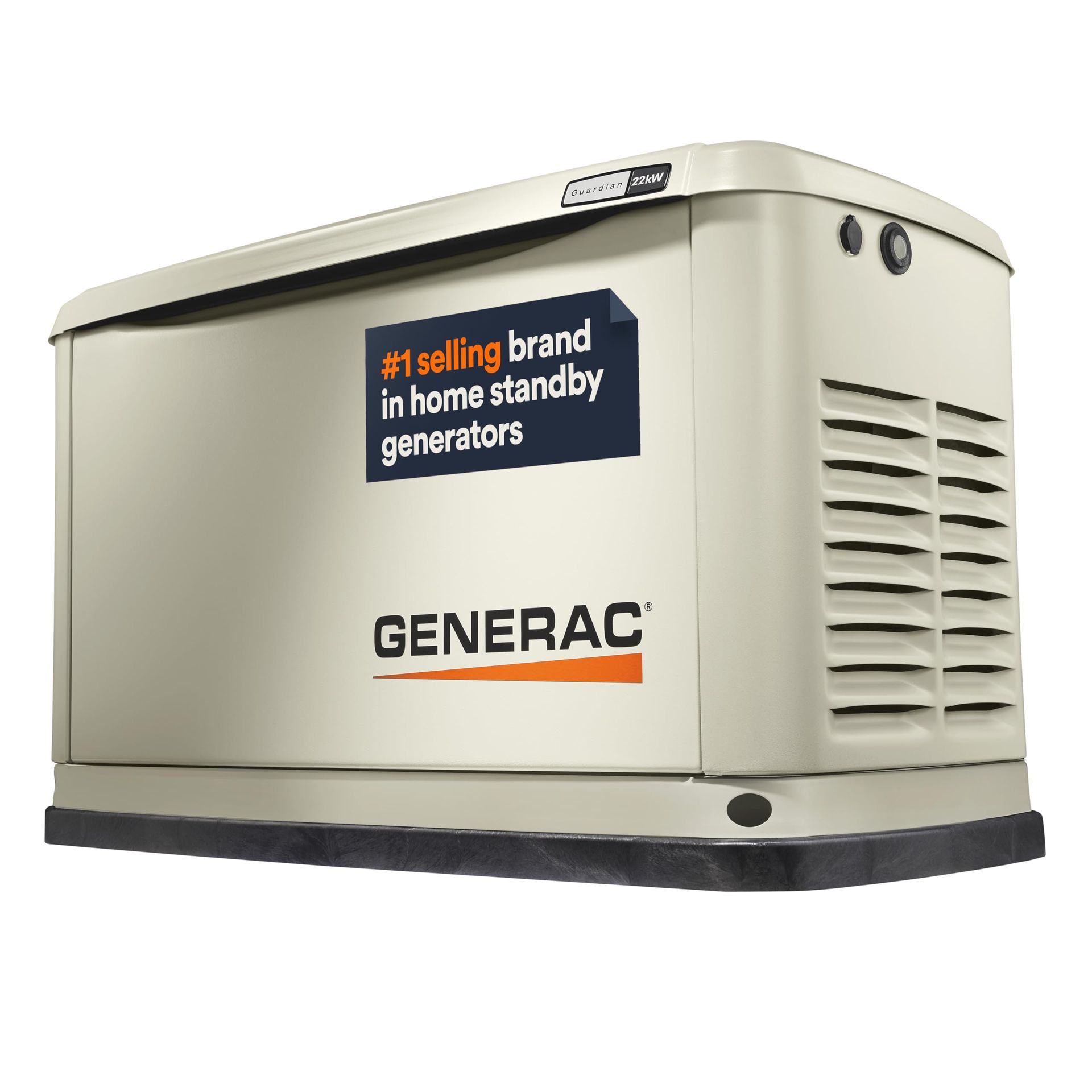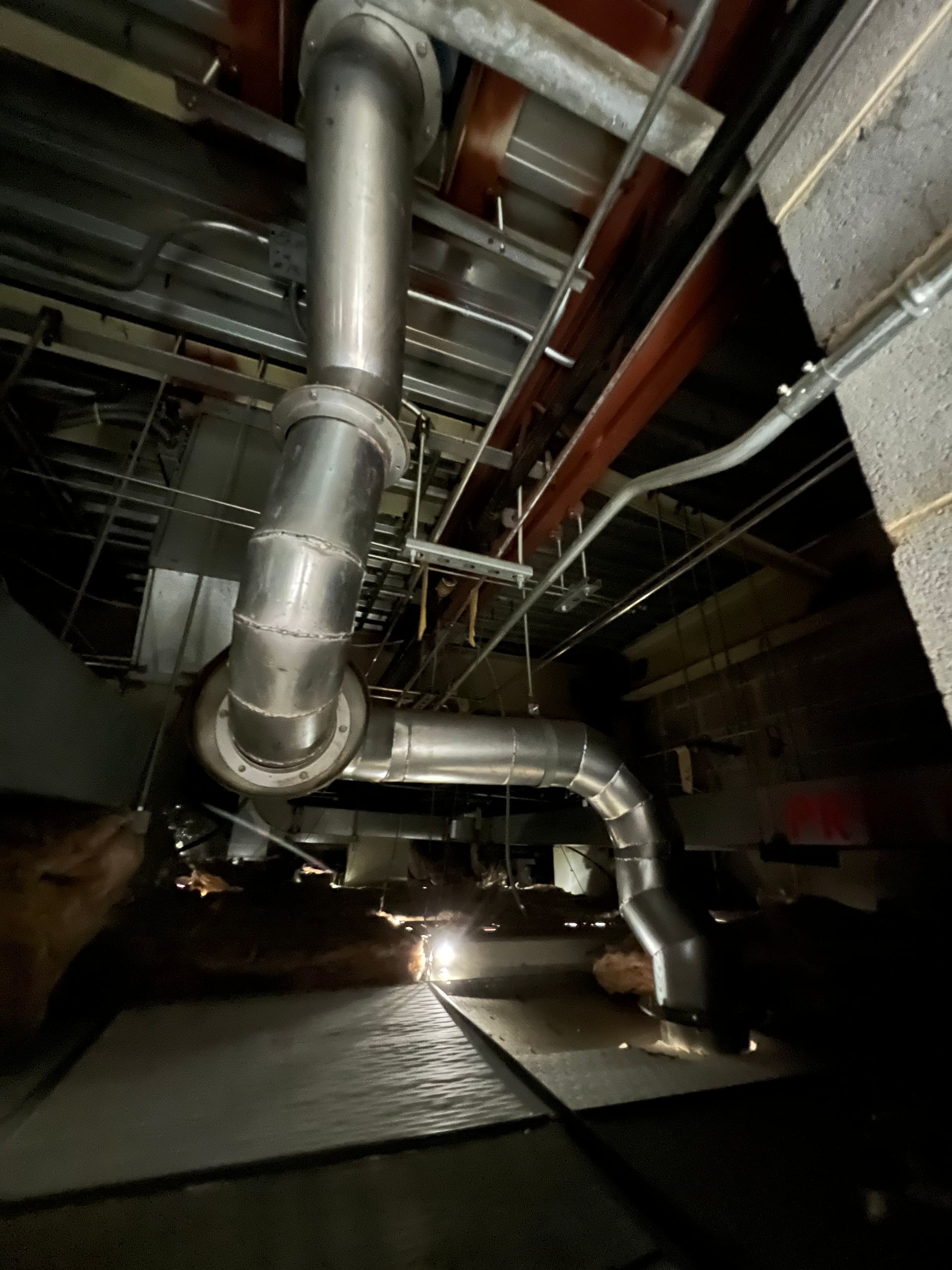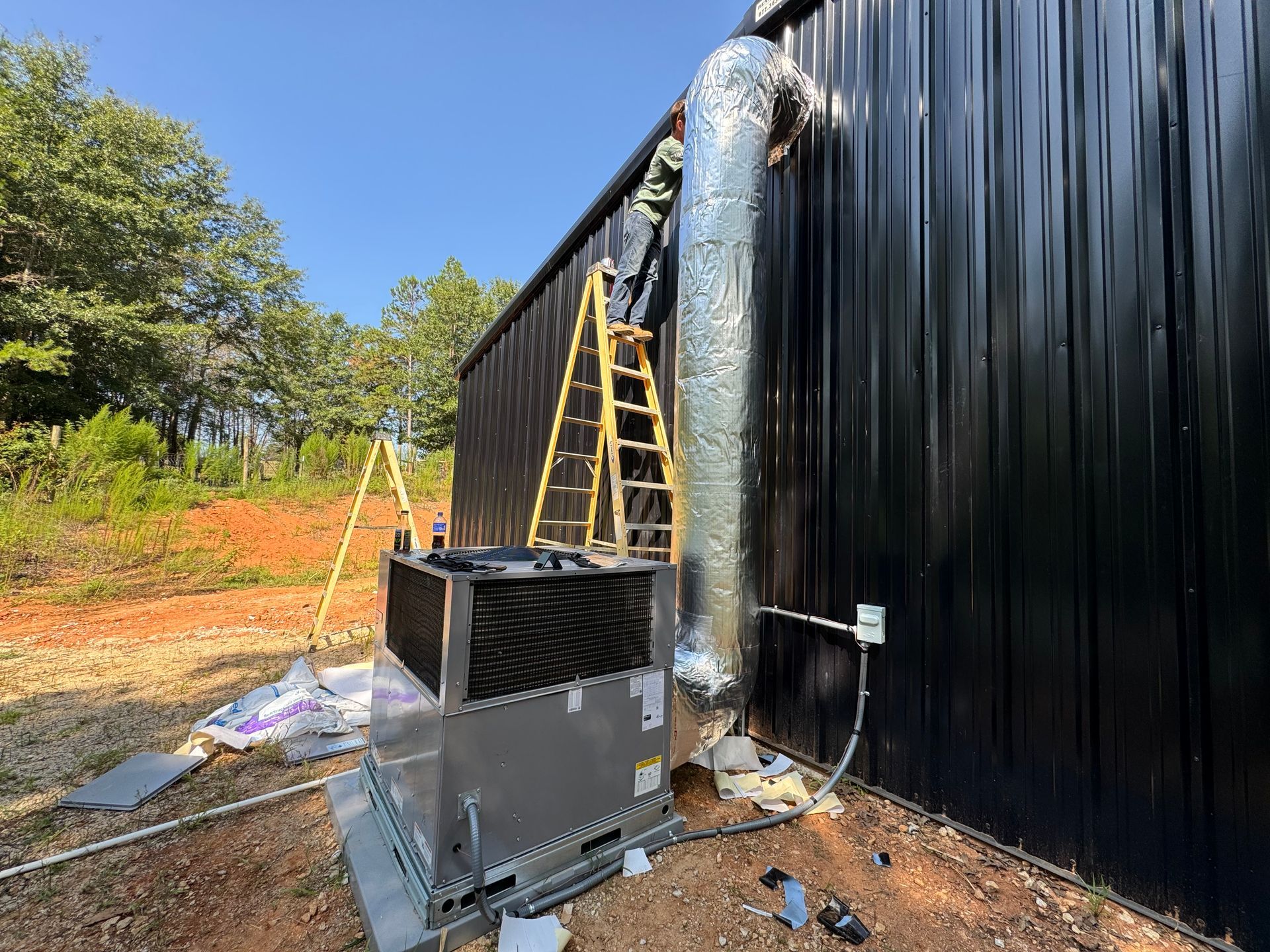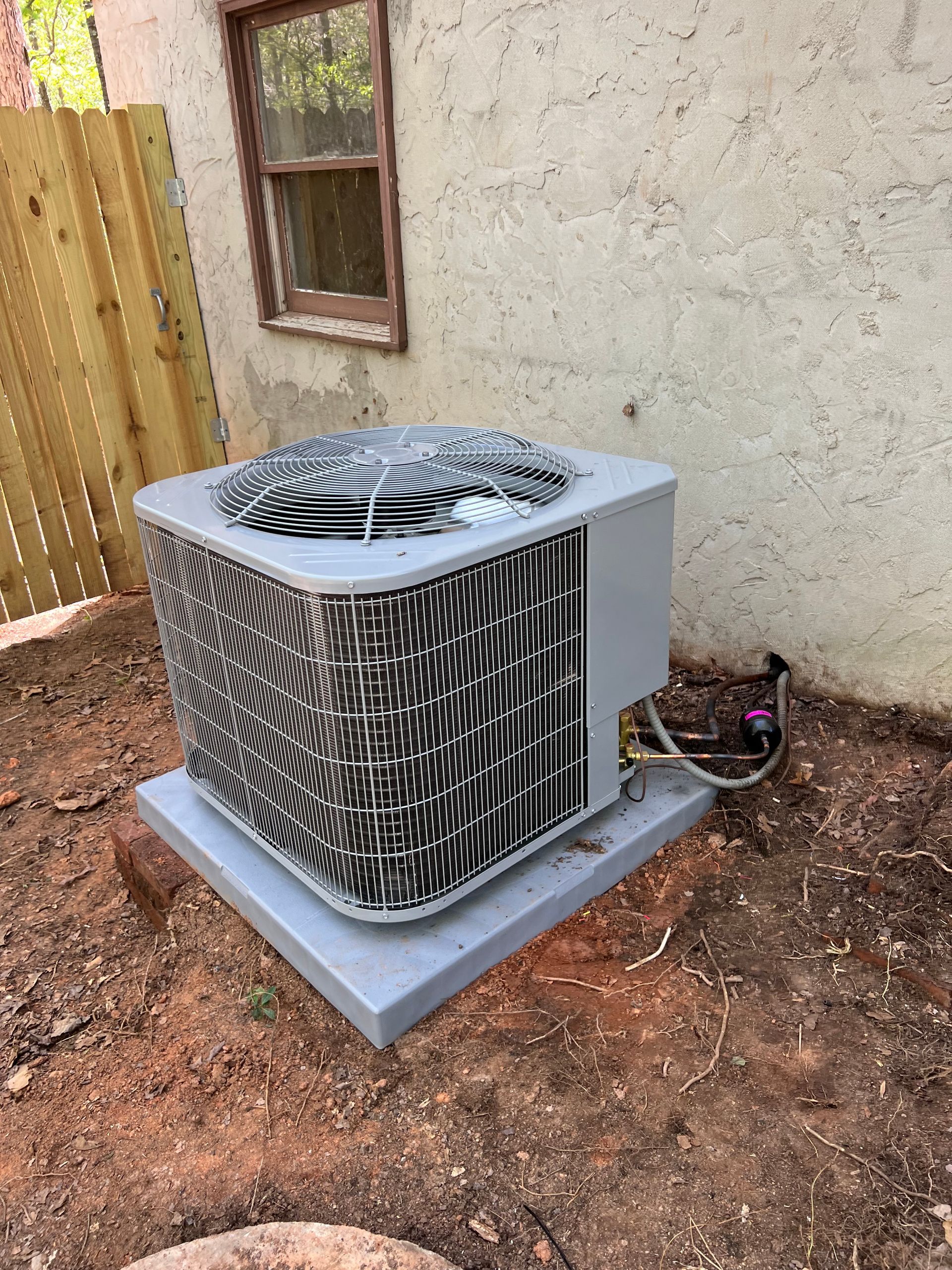Say Goodbye to High Energy Bills with Expert Mini Split Installation
If you’re tired of sky-high energy bills, it’s time to make a change. Mini split systems offer a modern, efficient way to heat and cool your home without wasting energy—or your money.
These compact systems not only save you cash but also keep your space perfectly comfortable year-round.
Ready to explore how they work and the benefits they bring to your home or office?
What Are Mini Split Systems?
Mini split systems are a simple and effective way to heat and cool your space without needing big, bulky ductwork. These systems are compact, energy-efficient, and perfect for keeping your home or office comfortable year-round.
How Do They Work?
Mini splits have two main parts: an outdoor unit (called a condenser) and one or more indoor units (called air handlers). These parts are connected by small copper pipes that move refrigerant to cool or heat your space. The system draws heat from the air and uses it to adjust your indoor temperature.
Unlike traditional systems that rely on ducts to distribute air, mini splits deliver air directly to the room through the air handlers. This targeted approach reduces energy waste and provides precise temperature control. Since there’s no ductwork, they’re perfect for homes where retrofitting ducts would be too costly or invasive.
Best Places to Use Mini Splits
Mini split systems are ideal for:
- Homes Without Ductwork: Older homes or new additions like sunrooms, attics, or garages can benefit from mini splits without the need for major renovations.
- Offices or Commercial Spaces: They’re perfect for creating separate temperature zones in workplaces, conference rooms, or individual offices.
- Small Spaces: Basements, workshops, or even tiny homes can enjoy efficient heating and cooling tailored to their needs.
Why Mini-Split Systems Are a Smart Choice for Your Home
1. Quiet Comfort
Mini-split systems are much quieter than traditional HVAC units or window air conditioners. You’ll enjoy a peaceful home without the banging or rattling noises that can come from older systems. While the outdoor unit might make a slight hum, it’s barely noticeable compared to most alternatives—ideal for light sleepers or anyone who values a calm environment.
2. Quick and Easy Installation
Mini-split systems are simple to set up because they don’t need bulky ductwork. All it takes is an indoor unit, an outdoor unit, and a small conduit to connect them. A professional can have everything installed in a few hours, with only a small hole drilled into the wall. This hassle-free process means less mess and a faster path to a comfortable home.
3. Personalized Temperature Control
One of the standout features of mini-split systems is their ability to control the temperature in specific rooms. You can heat or cool only the spaces you’re using, saving energy and keeping everyone in the family comfortable. Each unit can even be programmed to fit your schedule, making it easy to adjust the settings for maximum efficiency.
4. Energy Savings That Add Up
Mini-splits are incredibly energy-efficient. Unlike traditional systems that heat or cool your entire home, these units work only where they’re needed. ENERGY STAR-rated mini-split systems are especially efficient, using up to 60% less energy than older systems. That means lower utility bills and a smaller carbon footprint.
5. Healthier, Cleaner Air
Without ducts, mini-split systems avoid the dust, allergens, and mold that can build up in traditional HVAC systems. Instead, they use advanced filters to clean the air, removing particles like dust and bacteria. This makes them a great option if you’re looking to improve your home’s air quality without the added expense of duct cleaning.
Mini-split systems bring quiet, efficient, and customizable comfort to your home while helping you save energy and breathe cleaner air. If you’re looking for a solution that’s easy to install and works seamlessly, a mini-split might be exactly what you need!
Downsides of Mini-Split Systems You Should Know
1. Not the Most Stylish Option
Mini-splits are practical, but their appearance might not suit every home. Most indoor units are mounted on walls and can be hard to miss. If you prefer a more subtle look, recessed ceiling units (known as cassettes) are an option, but they come at a higher cost—starting around $5,000 per unit.
2. Limited Reach in Larger Homes
Mini-splits work best in specific rooms or zones, but they might not cover large homes effectively without multiple indoor units. Adding extra units increases the cost and makes the setup more complex. For homes needing consistent temperature throughout, a central air system might be a better choice.
3. Performance Can Depend on the Weather
While mini-splits are versatile, extreme weather can sometimes affect their efficiency. Systems designed for cold climates often include features like defrost kits to handle freezing temperatures. For hot climates, advanced models with inverter technology do a better job of cooling and dehumidifying, but not every system has these capabilities.
4. Maintenance Is a Must
Because mini-splits often run 24/7, they need regular upkeep. Maintenance tasks include cleaning or replacing filters, checking wiring, and inspecting refrigerant levels. These systems require servicing twice a year, which can cost between $300 and $550. Skipping maintenance could lead to problems like reduced efficiency or breakdowns.
5. Higher Initial Costs
The upfront price of a mini-split system can be steep, especially for multi-zone setups. A single-zone installation ranges from $2,000 to $6,000, while multi-zone systems can climb to $14,500. ENERGY STAR-rated models offer better energy savings but come with a slightly higher price tag. If you already have ductwork, a central HVAC system might save you money.
6. Space Demands
Mini-split systems need clear wall or ceiling space for indoor units and enough room outdoors for the compressor. Units can’t be placed near objects that block airflow, like furniture or curtains. Outdoor units also require easy access for regular maintenance and servicing.
7. Potential for Airborne Particles
Even without ducts, mini-splits can still circulate dust and allergens if their filters aren’t cleaned regularly. Ignoring this could lead to poor indoor air quality, spreading bacteria and other particles throughout your home. Regular filter cleaning is essential to keep your air fresh and healthy.
Understanding these challenges can help you decide if a mini-split system is the right choice for your home. Weigh the pros and cons carefully to make the best decision for your comfort and budget.
Simple Maintenance Tips to Save Money and Keep Your Mini-Split in Top Shape
Clean the Air Filters Regularly
Dirty air filters can slow down your mini-split and make it work harder. To avoid this, clean or replace them at least once a month, especially during seasons when you use it the most. This quick fix keeps the airflow smooth and helps lower energy bills while improving indoor air quality.
Keep the Outdoor Unit Clear
Your outdoor unit needs space to breathe. Make sure it’s free of leaves, dirt, and debris that can block airflow. Trim any plants or grass growing around it, and check for anything that might obstruct the fan. A clear area helps the system run efficiently without straining the condenser.
Watch for Refrigerant Issues
If your mini-split isn’t heating or cooling as it should, there might be a refrigerant problem. Low refrigerant can reduce efficiency or cause uneven temperatures. If you spot this, it’s best to call a technician to check for leaks and refill the system. Taking care of this early can save you from expensive repairs later.
Schedule Professional Tune-Ups
Twice a year, schedule a check-up with an HVAC technician. They’ll inspect your system, clean components, and ensure everything’s working correctly. These tune-ups, typically before summer and winter, help catch small problems before they turn into big ones and extend your system’s lifespan.
Don’t Forget the Drain Line
Blocked drain lines can lead to leaks and water damage. Check the drain line for clogs and clear them out if needed. Keeping it clean ensures proper drainage and prevents moisture from building up around your system.
Check the Thermostat Settings
Make sure your thermostat is set correctly to avoid overworking your mini-split. Using energy-saving settings, like keeping the temperature a little higher in summer and lower in winter, can reduce strain on your system and save on energy costs.
With these simple tips, you can keep it running efficiently, save money on maintenance, and enjoy a comfortable home year-round. Regular care goes a long way in getting the most out of your investment!
Why Hiring a Pro for Mini Split Installation is Worth It
Save on Energy Bills
A professionally installed mini-split system runs efficiently, cutting down on wasted energy. When everything, from the copper tubing to the thermostat, is set up properly, your system uses less power, keeping your energy bills under control.
Cleaner Air Inside Your Home
A good installation means better air quality. Professionals make sure your system’s air filters and airflow are in top shape. This helps keep allergens and humidity in check, so your family can breathe easier.
Even Heating and Cooling
Tired of one room feeling like an oven and another like a freezer? A properly installed mini split gives balanced temperature control, making every room comfortable. Technicians position the air handler just right for steady airflow.
Longer System Life
When a mini split is installed correctly, it lasts longer. Technicians handle the wiring, refrigerant, and pipes with care, helping you avoid costly repairs or early replacement. It’s a smart way to protect your investment.
Quiet and Peaceful Operation
Mini splits are known for being quiet, but that only happens with expert installation. A pro will position the compressor and indoor unit to keep noise to a minimum, so you enjoy a peaceful home environment.
Keep Your Warranty Valid
Most mini splits come with a warranty, but improper installation can void it. When a qualified technician does the job, your warranty stays intact, giving you extra protection for your system.
Custom Solutions for Your Home
Every home is different, and a professional will design a setup that fits your needs. Whether it’s for a small sunroom, a spacious living area, or even the attic, they’ll make sure the system works perfectly for your space.
Safe Installation
Mini splits involve electrical work, refrigerants, and precise connections. A professional ensures everything is done safely and correctly, reducing risks and giving you peace of mind.
Comfort in Every Season
From summer heat waves to chilly winters, a professionally installed mini split keeps you comfortable year-round. With expert placement and setup, the system adjusts easily to changing seasons.
Easy Maintenance and Support
When installed by a pro, your mini split is easier to maintain. Plus, you’ll have access to reliable HVAC services whenever you need them, whether it’s for a quick check-up or a repair down the road.
Frequently Asked Questions
Do Mini Splits Use a Lot of Electricity?
Mini-splits are pretty efficient when it comes to electricity use. Most models run on 500 to 1500 watts per hour, but if you’re dealing with a larger unit designed for bigger spaces, it could use up to 5000 watts per hour.
Even with larger systems, mini-splits are known for being more energy-efficient than traditional heating and cooling options, so they’re a great way to stay comfortable without driving up your electricity bill.
How Do You Install a Mini Split Air Conditioner?
Installing a mini-split air conditioner is not a DIY project—it requires professional help. Here’s why and what to expect during installation:
Complex Setup
- Mini-splits have two main parts: the indoor unit (mounted on a wall) and the outdoor condenser. Connecting them involves precise work with refrigerant lines, electrical wiring, and drilling through walls. Mistakes can lead to leaks, poor performance, or safety hazards.
Right Placement
- A pro ensures the indoor and outdoor units are positioned correctly for maximum efficiency. Poor placement can waste energy or fail to cool the space properly.
Refrigerant Handling
- Refrigerants need careful handling. Only certified technicians have the tools and training to charge the system correctly and safely.
Electrical Work
- Mini-splits need dedicated electrical circuits. A professional will make sure everything is up to code, preventing risks like short circuits or power overloads.
Testing and Fine-Tuning
- After installation, a professional tests the system to make sure it’s running efficiently and cooling the space as it should.
How Long Does It Take To Install a Mini Split?
It usually takes 2 to 3 hours to install a mini-split system in a typical house. The exact time depends on a few factors, like:
Location: How easy it is to access the installation spots.
Piping Distance: Longer pipes mean more time to set up.
Installer’s Skill: Experienced pros may finish faster.
Mini-Split Size and Type: Larger or more complex systems take longer.
Always hire a professional to make sure the job is done right and on time.
Where Should You Not Install a Mini Split?
Here’s where you shouldn’t install a mini-split:
- Outdoor Unit: Avoid areas with constant, strong sunlight, as it can overheat the unit and lower efficiency.
- Indoor Unit: Keep it away from things like stoves, ovens, or fireplaces since they can throw off the temperature sensor.
- Crowded Spaces: Don’t block the indoor unit with furniture, curtains, or other items that might stop air from flowing properly.
Picking the right location helps your mini-split work its best and keeps your space cool and comfy.
How Much To Install Mini Split Air Conditioner?
Installing a mini-split air conditioner usually ranges from $2,000 to $14,500, with most people spending about $3,000 on average. The final price depends on the size of the system, how many indoor units are needed, and the complexity of the setup.
Say Goodbye to High Energy Bills with Expert Mini Split Installation
Mini split systems are an efficient way to keep your home or office comfortable while cutting down on energy costs. Known for easy installation, customized temperature control, and improved air quality, these systems are both reliable and cost-effective with professional care.
At Arrow Renovations and Refrigeration in Anderson, SC, we offer more than mini split installations. Our services include new HVAC installations, preventative maintenance, ductwork renovations, Energy Recovery Ventilator (ERV) installations, and reliable HVAC repairs.
Call us today at 864-556-6432 to start saving on energy bills with Arrow Renovations and Refrigeration!
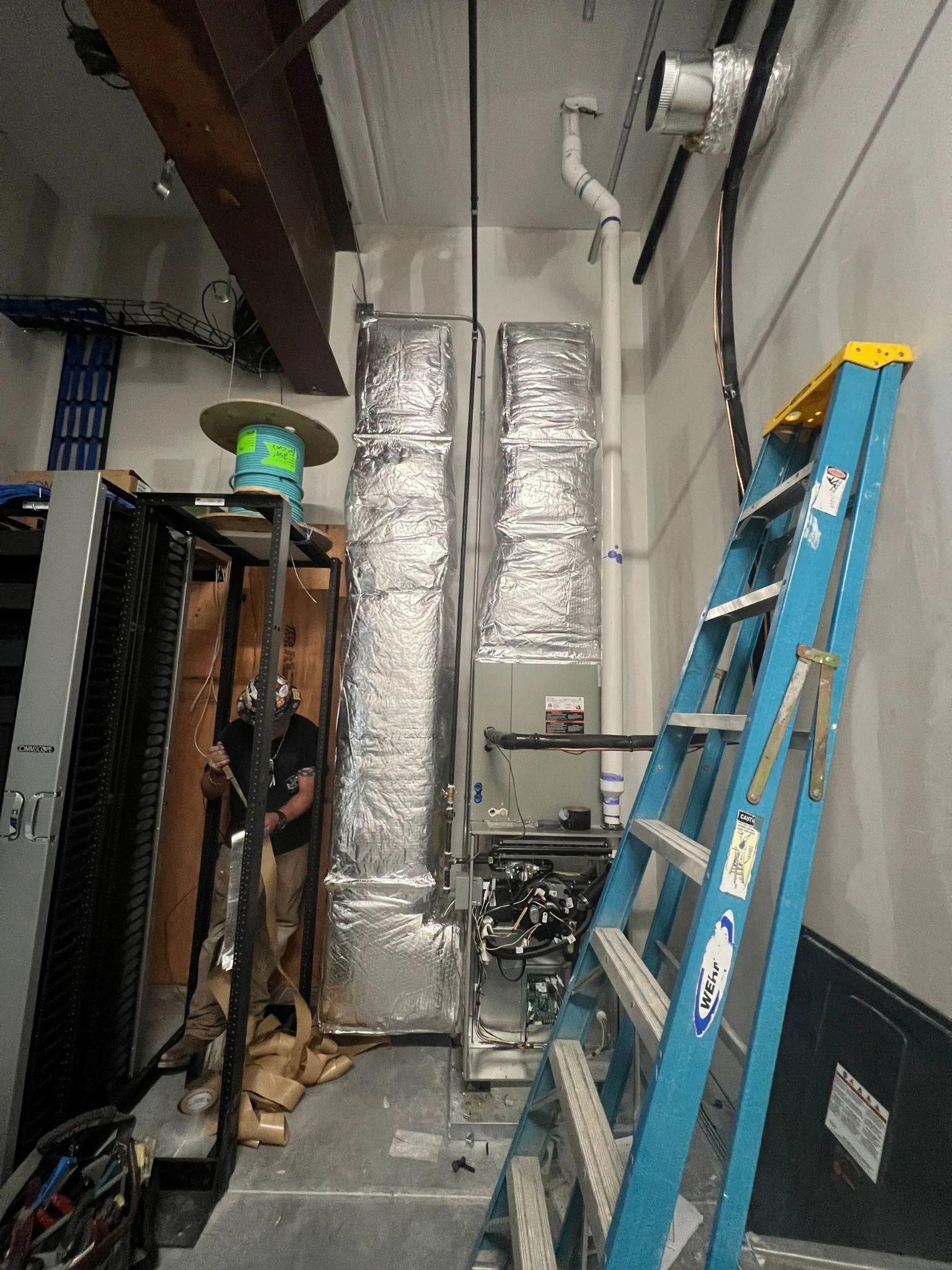
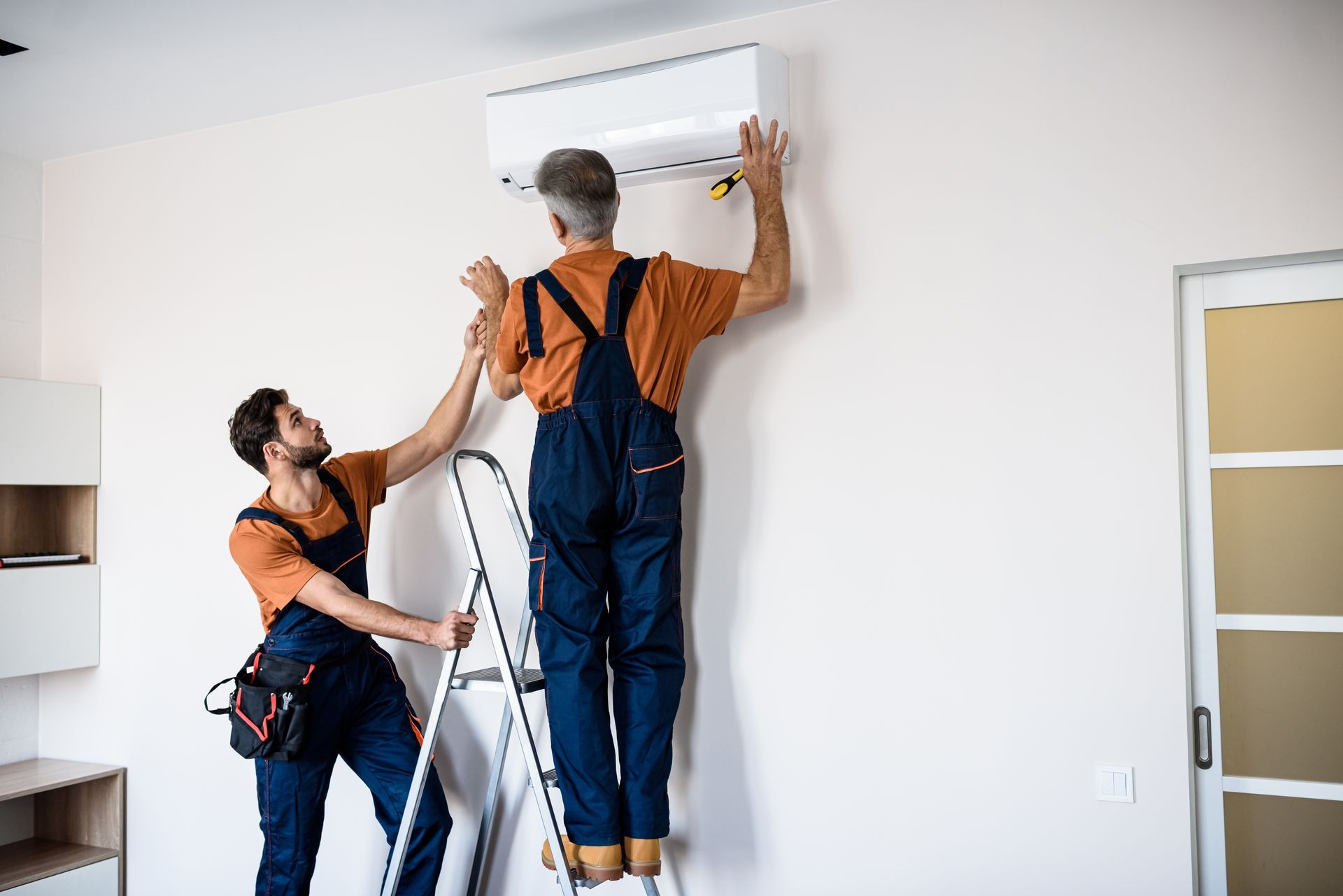
Service Areas
- Greer, SC
- Greenville, SC
- Anderson, SC
- Piedmont, SC
- Seneca, SC
- Iva, SC
- Belton, SC
- Greenwood, SC
- Abbeville, SC
Arrow Renovations & Refrigeration | Designed and Built by Quantum Hawk

